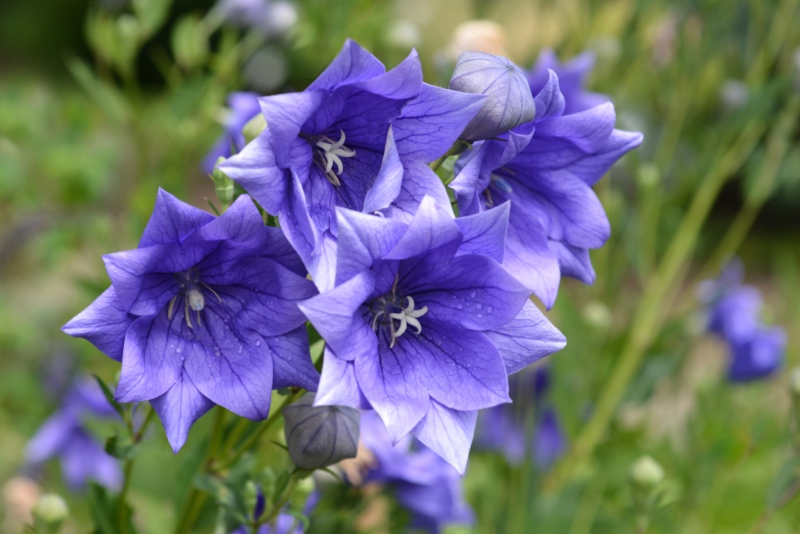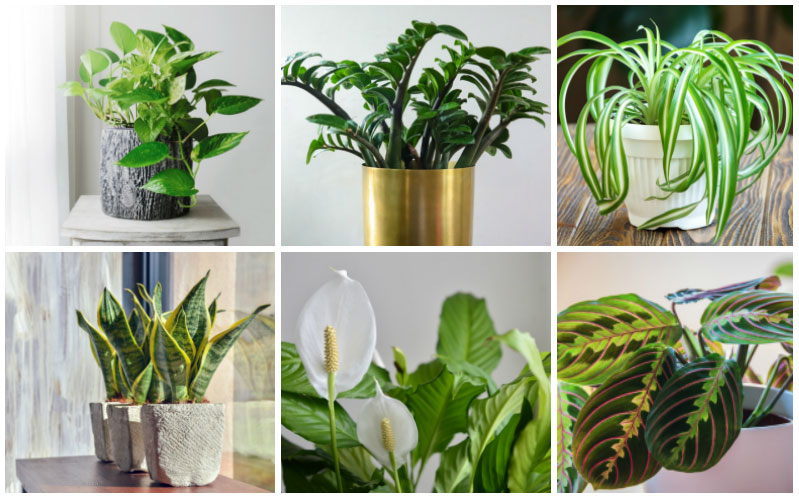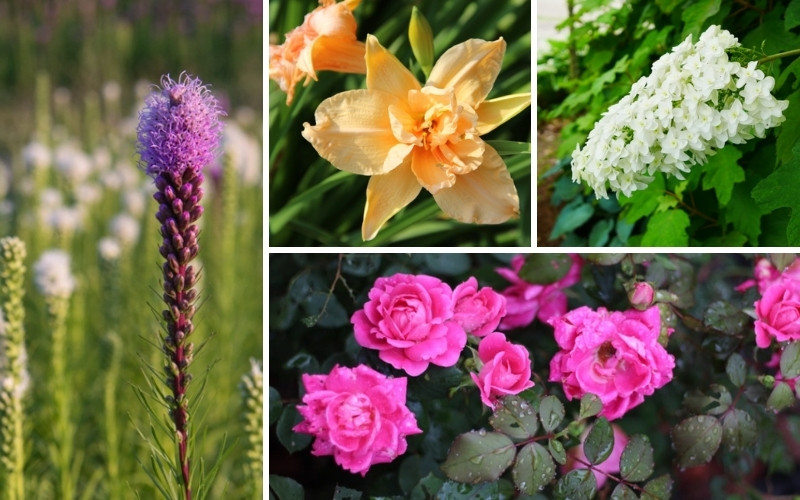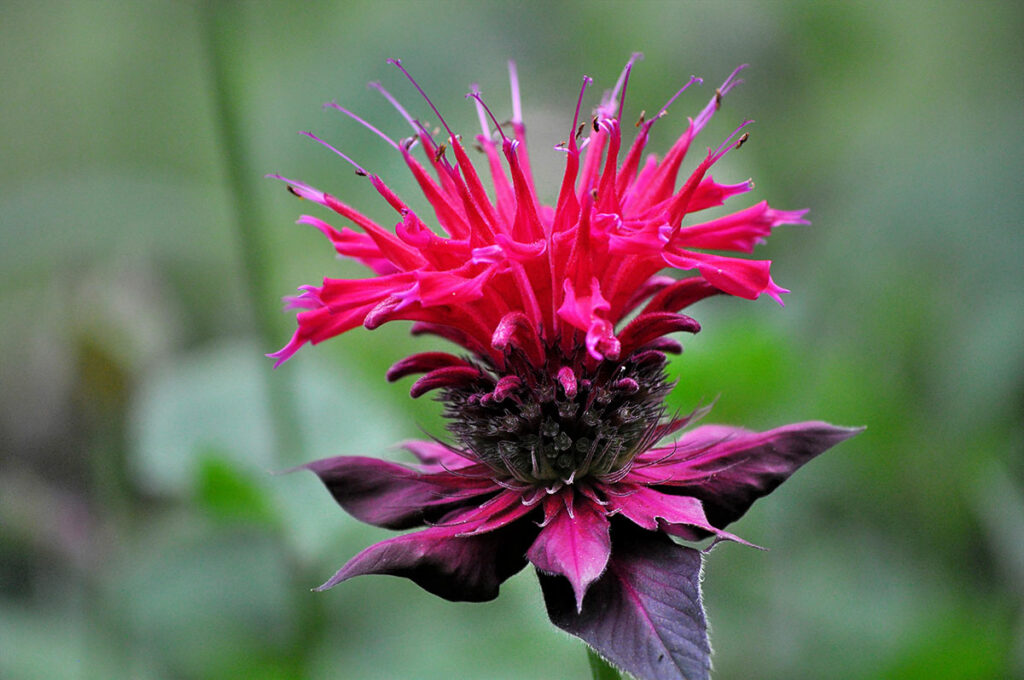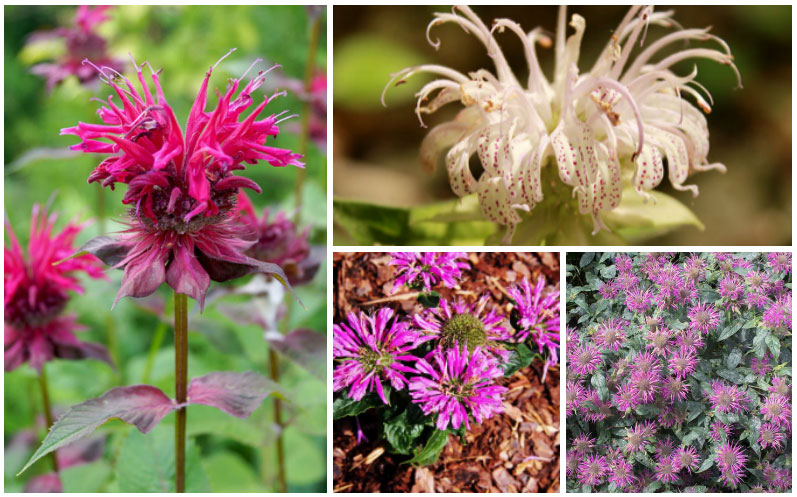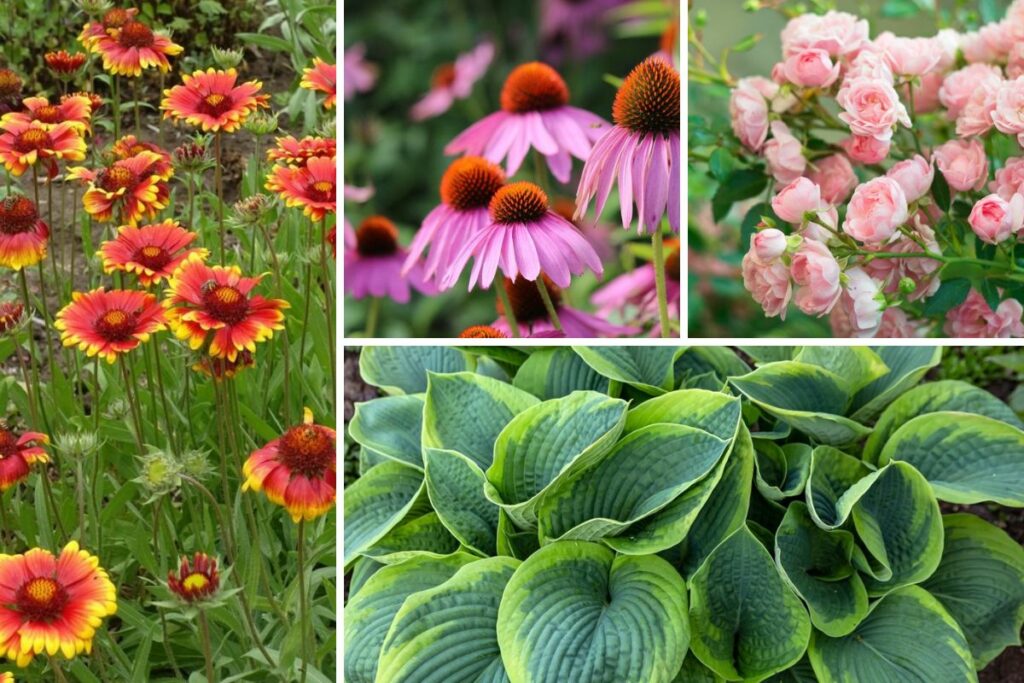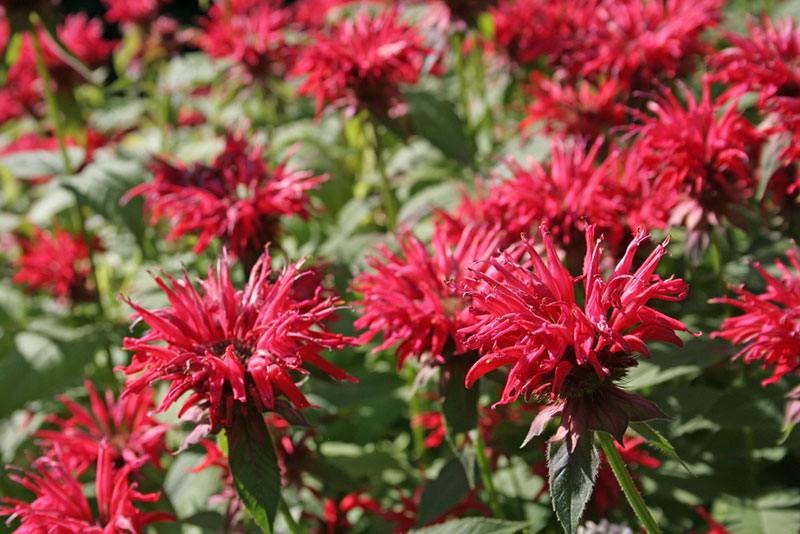
The bee balm plant is one that grows in zones three to nine in the United States. It has blooms that are red, purple, pink, or white, which will attract birds, bees, butterflies, and other pollinators. Growing to be about 4 feet in height, this plant is a member of the mint family, and it can be made into a soothing ointment that helps with bee sings, hence the name. There are many different varieties of Bee balm.
Let’s take a look at some tips that you can use to care for the plant.
Light and Temperature Requirements
This plant will do well in full sun conditions, but if you live in the hottest part of the country, you will want to consider making sure that the plant gets some afternoon shade to prevent the leaves from beings scorched. Protecting this plant from the intense sun of some areas can lengthen the blooming period. Though the plant can handle the heat, it will not do well in temperatures that are lower than 45 degrees Fahrenheit.
Soil and Fertilizer Requirements
The bee balm plant does not like to grow in overly wet soil, so make sure that the soil you use drains well. Sandy soil will work well. Also, slightly acidic soil is preferred for bee balm that has a pH between 6.0 and 6.7. Fertilizer is not required for this plant to grow, but it will do well with an all-purpose organic potting soil that will simply give the plant the nutrients that it needs to grow.
Water Requirements
It needs regular watering to thrive, but it is a drought-tolerant plant that can handle a lack of water. It will not do well being overwatered, so make sure to keep the soil moist, not wet are you give it water.
Pruning Requirements
The bee balm plant spreads easily, so it will need to be pruned and trimmed throughout the year. When the plant reaches a height of about 12 inches or so, it’s a good idea to pinch the top of the leaves to stop it from growing upwards. This will help the plant grow outward before blooming. At this point, you can prune it or cut it back to about half of its current height. This will keep the plant from getting too lanky as it grows.
When the blooms begin to fade, the bee balm plant should be deadheaded to encourage more blooms. Simply pinch the flower off of the plant below the bloom. When the plant is done blooming, prune the plant down to the surface of the soil so that it can survive the winter months. In the spring, new signs of growth should appear.

Growing Bee Balm Plants from Seeds
Growing a bee balm plant from seed will take a bit of effort to accomplish, but in general, the process will take a period of about 10 to 40 days to see growth. Before the seed can germinate, you will need to stratify them. This can be done by placing the seeds is a bag full of sand and refrigerating it for about 30 days. The sand and the cool air from the refrigerator will help keep the seed moist during this time. After the month passes, the seeds will be ready to be planted. This should occur during early spring in an area where the plant will get enough water and light to grow.
Growing Bee Balm Plants from Cuttings
Bee balm is not often propagated using cutting, but it can be done. The cutting should be taken using an area of the plant that has new growth that is at least six inched in length. The cutting needs to be from the tip to just below a set of leaves. Then, the cutting will need to be placed in a small pot that has peat moss mixed into the soil. Rooting hormones can be added as well. Once the soil is settled, water the cutting well and place a plastic bag over it to keep it moist. In about two to three weeks, the bag can be removed from the new plant if it has taken root. Make sure that the area where you plant it has enough air flow so that the roots can breathe.

